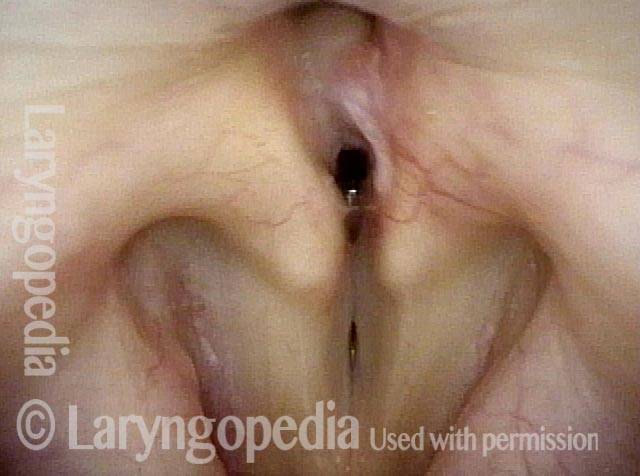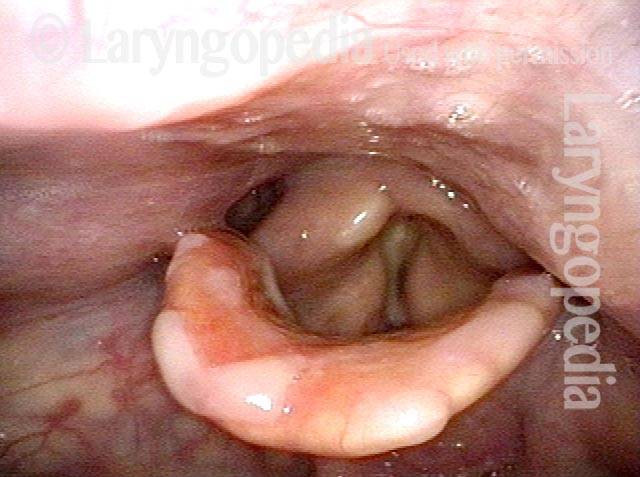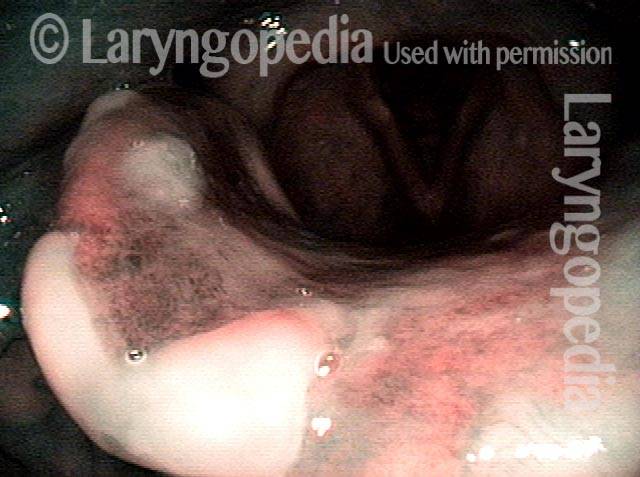Pemphigus vulgaris (Pemphigoid) is the result of one’s immune system attacking healthy cells in the skin rather than foreign invaders. It creates blisters or sores on the skin which are prone to rupturing and infection. Though it is a skin disease, it often has laryngeal manifestations, which can make it difficult to swallow or eat.
Bullus pemphigoid vs pemphigus vulgaris
Bullus pemphigoid is different than pemphigus vulgaris in that the blisters do not rupture as easily, making infection less likely. It also may have laryngeal manifestations. It is, however, more rare than pemphigus vulgaris.
The cause of either disease is unknown.



